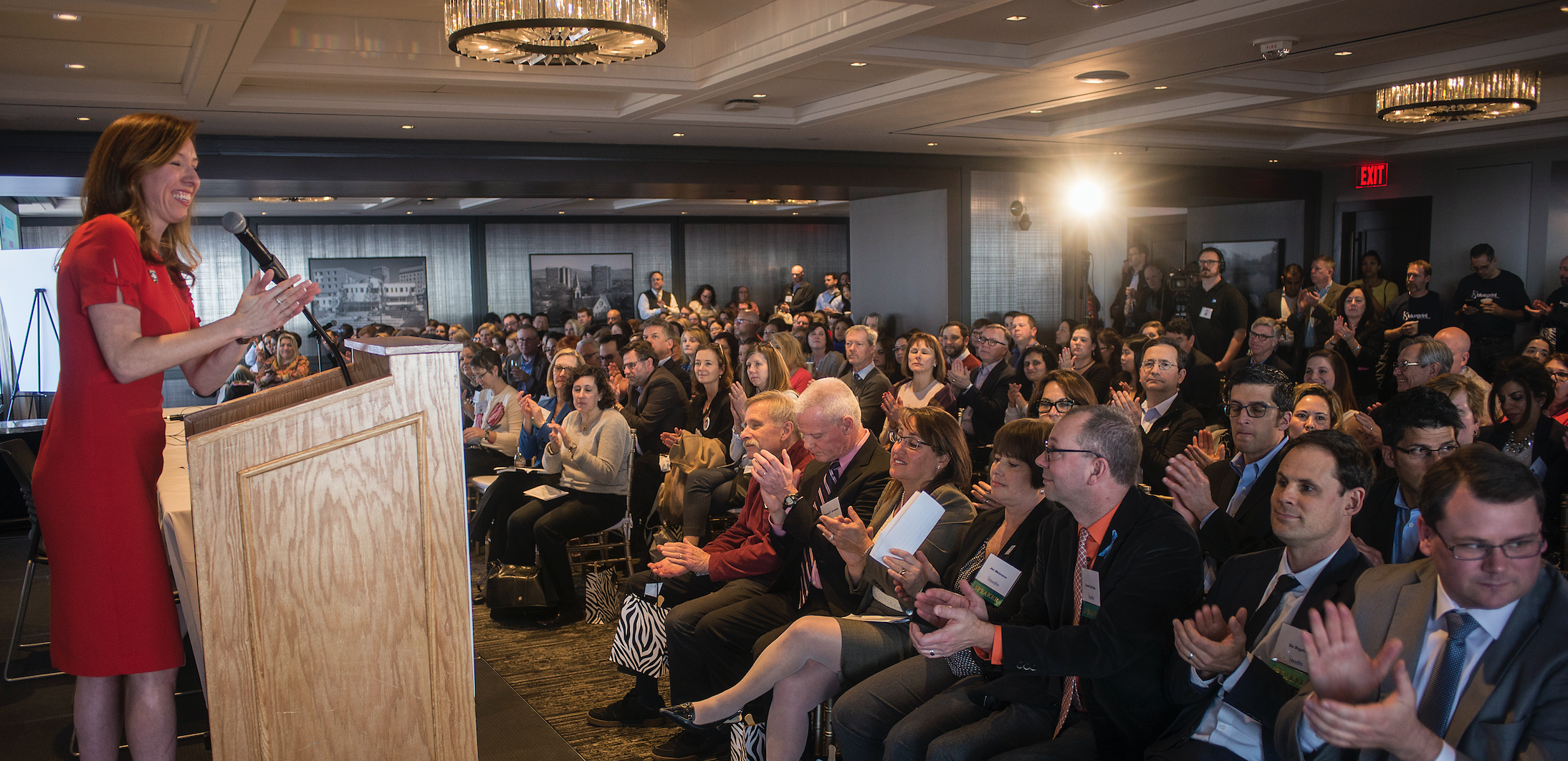The Rare Disease Film that's more of a fairy tale.
First let me say I'm very glad the film “Midnight Sun” exists. I'm thrilled when any major Hollywood film puts a rare disease central to its story and does so accurately and not (too) exploitatively. I can hold that belief firmly while still seeing some problems with this film. Granted I may not be the audience. I suspect the audience targeted here is more teenage and more girl.
I went into this film expecting it might feel like a Hallmark Channel or Lifetime movie and it certainly skates that line. Bella Thorne does great work as Katie. You can see Rob Riggle as her dad, Jack, struggling to pull his parts of the film up out of the Lifetime level into something more ...true to life. And maybe that's at the core of my issues with this film. I'm a rare disease dad too. I know too well what a life like Rob Riggle's is like. Maybe I know too much. I repeat I'm not the target audience. It's not meant to be the dad's story (nor should it be); it's Katie's.
But it's not a true story. In any sense. Katie's rare disease is real but the story is fiction, based on a 2006 Japanese film “Song to the Sun”. Katie has XP, xeroderma pigmentosum, which means exposure to sunlight can kill her. That's about as real as it gets.
But the film tells her story as if it were a fairy tale. Forced to stay indoors, Katie gazes out from her tinted window perch at the world she's not free to join, a bit like Rapunzel in her tower. You could say her dad has imprisoned her in their home. From that window Katie has spied her prince, Charlie (Patrick Schwarzenegger). He's not just charming and handsome, he's stalwart, dedicated and true. And he's exactly as deep and interesting as the cartoon Prince Charming in Disney's “Cinderella”. But maybe that's okay. This isn't his story either. But the Cinderella influence keeps creeping in. When Katie does get to leave her home for a graduation night celebration (not exactly the royal ball) she finally meets her prince. But she must hurry to get home in time and leaves her slipper ...I mean the notebook of her song lyrics... behind. And of course the notebook is his only clue for finding her again. Maybe the Cinderella comparisons were unavoidable since XP gives Katie a built-in ticking clock more believable than “the magic will expire at midnight”. Katie has til dawn. Any magic for her will end with the first rays of the morning sun.
Thrown into to this mix are many of the tropes of teen films: the cool kids' outrageous parties and the geeky kids' lame parties. The geeky kids getting their chance to crash the cool kids' parties. Charlie wrestling with leaving town for college or staying around for Katie. Katie working on her music. In fact the film is a bit of a modern musical since there are more than a few songs sung by Katie. It all mostly works, but it's a bit by rote.
And the fairy tale thing isn't so bad really. Katie herself feels very true within this film. By the end I was moved just as the audience is meant to be.
So what's my problem? Even as a fairy tale it feels like a gloss over the difficulties of rare disease. Sure Katie's fate is dire and that shapes everything else. But it's mostly used as an inconvenience to her romance. Star-crossed lovers you know, since the sun is a star. But how on earth has her single parent dad been managing this life? It's implied he is her sole care taker. There's no sign of a home health aid. It's implied he has a full time job. And we see that his office is out of the home. It's stated that he's been there for her since she was young enough to force to stay indoors, never to go out in the sun. The similarly themed film “Everything, Everything” at least shows us a home nurse is part of the equation. Granted the film picks up Katie's life when she's eighteen and more capable of caring for herself. I'd just ask for some small suggestion that help was needed in the early years. Probably a lot of help.
But as I am someone who wants there to be more rare disease films in the world, it should be okay that they are not all serious and earnest. They certainly all don't need to be documentaries. So there should be room for one or two to be more rom-com or even teenage fairy tale.




















